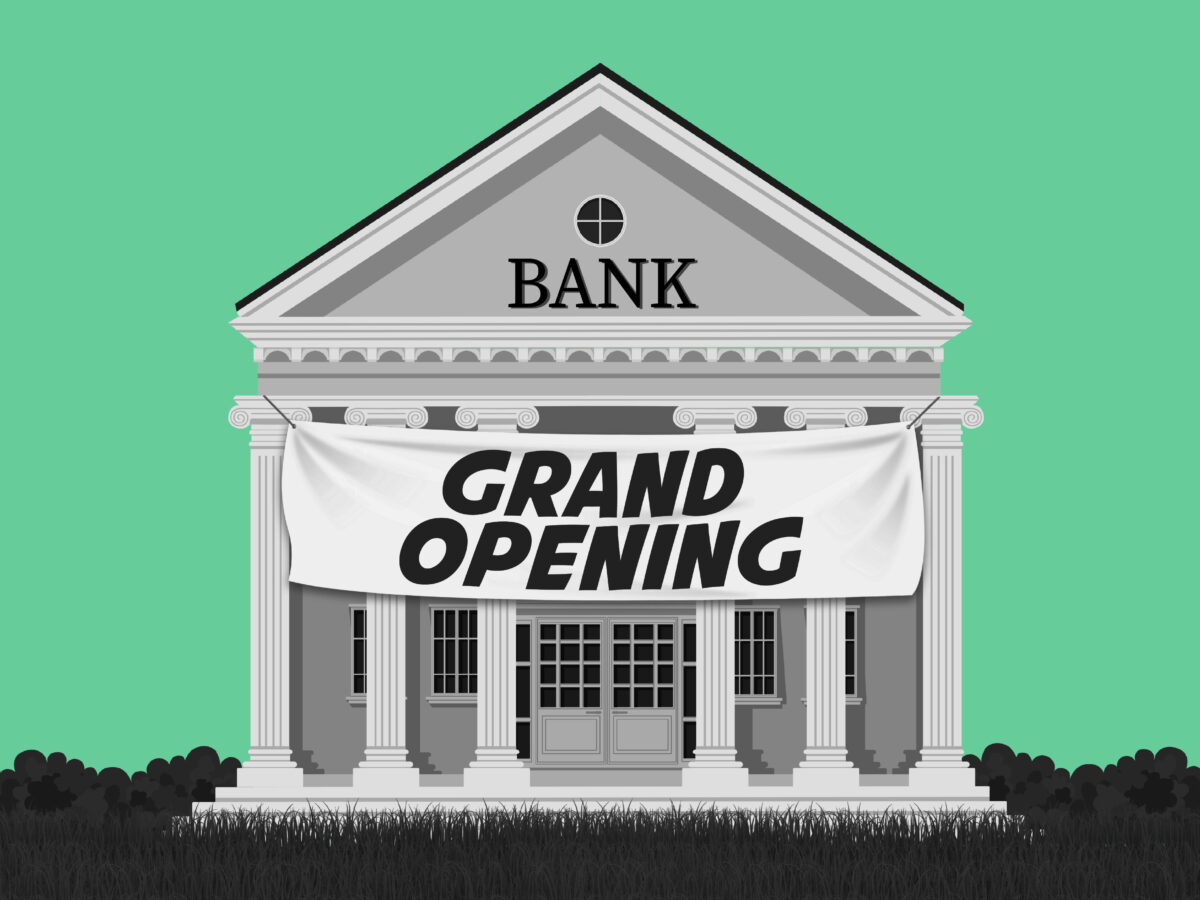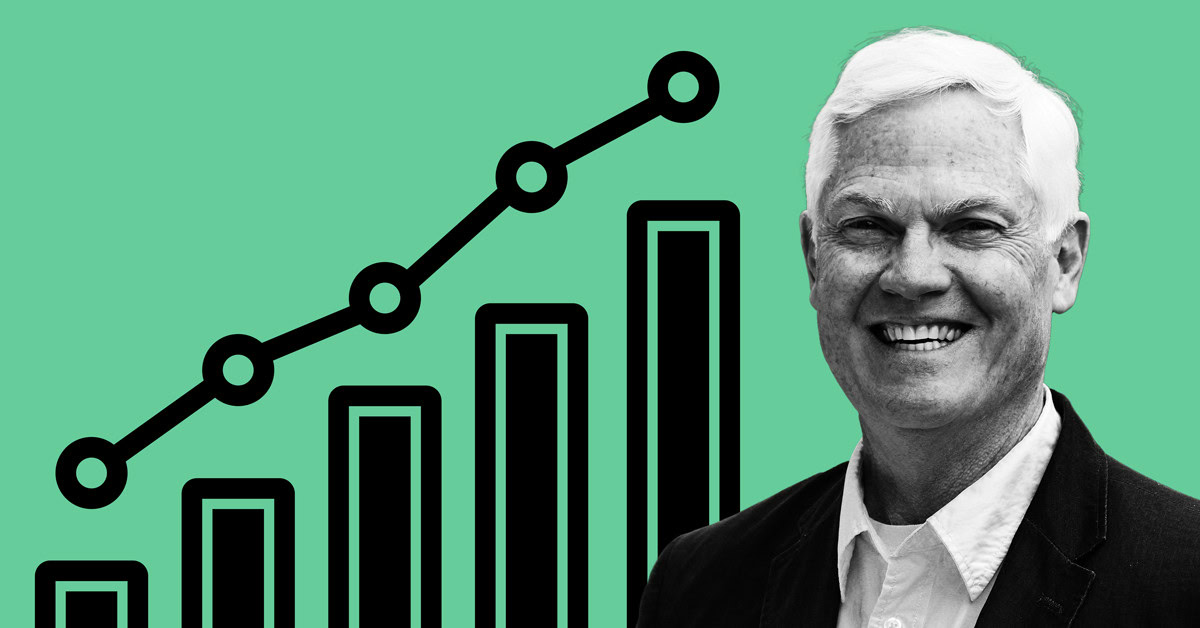Is Your Bank Aligned to Grow Better, Faster? How a Go-To-Market Strategy Supports Growth

Here’s a key question that every growth-minded bank CEO and board member must ask and answer:
Which market is our bank organized to serve better than our competition?
Having asked this question of many bankers over the years, the answers mostly sound generic. For decades, the vast majority of banks have generally been organized to serve the wide range of deposit and lending needs of the people and communities in their branch footprint. Their mission statements and community commitments sound very similar. A comparative line-up of their products reveals the commoditized nature of the banking industry. While it’s true that banks have evolved over time as their communities and customers have changed, they remain largely undifferentiated from their competitors. I will share here how the process of differentiation begins and will also provide three examples of community banks, small and large, that are growing because they have answered the key question.
Achieving Differentiation through a Go-To-Market (GTM) Strategy
I believe that community banks can grow faster, and more efficiently, by developing and executing a Go-To-Market (GTM) strategy that elevates their differentiation and value propositions. It starts by asking: “which market or priority markets will the bank commit to serving better than the competition?” Momentum and success are then gained by aligning and investing in people, products, resources, processes, and marketing to fully support that strategy over time. As the bank executes on these components to bring superior value and service to a more defined market and target audience, it can increase its differentiation, customer satisfaction, loyalty, referrals, and ultimately, profitability.
Developing a GTM strategy sounds more daunting than it really is. It is not as comprehensive as a strategic business plan – but it can accelerate the focus, development and achievement of a larger strategic business plan. I recommend starting your GTM journey by asking and answering five basic questions.
1. Which Market(s) Should We Serve?
I fear that most bankers resist this question because banks, by charter, and by design, want to meet the wide-ranging needs of a larger, heterogenous population of business and retail customers. But you must research and answer this question before you can begin to achieve competitive differentiation and superior value in your chosen market. This research should be done with a longer-term, data-informed view of the size, growth and desirability of your defined markets. Narrowing these broader markets into sub-segments will enable you to mine, serve, defend, and expand this market.
2. What Products and Services Can We Customize to Meeting Our Market’s Needs?
Banks with a focused GTM strategy will package more value into their products and services. By designing and refining a more holistic suite of tailored products and services, differentiation and value perception will be solidified in the minds of customers and prospects.
3. How Will We Deliver Our Products and Services to Our Markets?
Today, even small community banks have more choices about product delivery – via both expert bank representatives in-person or by Zoom or phone, and via online channels that manage the customer experience. To deliver more sophisticated solutions such as industry-relevant lending and financing options, banks must invest in the right people with target market expertise to design, underwrite, and deliver the best solutions. Going direct via sales can be done both inside and outside the branch footprint; but it is important to select new footprints based on a number of factors including market opportunity, market knowledge, and the availability of market experts to serve these new footprints.
4. How Will We Price Our Products and Services?
Differentiated brands have more pricing power than undifferentiated brands. Bundling pricing and serving market segments with multiple product/service solutions provides opportunities to increase customer win rates and long-term profitability over time.
5. How Will We Promote Our Positioning and Differentiated Value Propositions?
Less is more when it comes to presenting differentiated value propositions to defined markets. Be bold and direct about who you serve and why. Structure your website, digital, advertising, email, and sales communications to meet the very specific needs of your priority markets. Support your value propositions with proof of client success in the markets you serve.
Three Examples of Banks with a GTM Strategy:
The following community banks are growing nicely and performing well in asset growth, total income growth, and efficiency ratios. I believe that the efficiency ratios (total non-interest expense as a percentage of adjusted operating income) of differentiated, market-focused banks, will generally be lower than their peers because they will create more customer value and revenue with lower expenses over time.
1. First National Bank of Hereford, Texas – https://www.fnbhereford.com/
With scenes of cattle ranches, windmill pumps, and crop production on its website, this small institution proudly displays its focus on serving the farming and agricultural communities in its region. Its product portfolio is designed to meet all the major needs of this community. This focus is working. FNB Hereford has grown its assets by 28% from $206 million to $271 million in the eleven quarters between Q4-2020 and Q3-2023. Total income in the period increased 57% from $2.1 to $3.3 million. Their efficiency ratio is 59.5 versus their peers at 69.6. Not bad for a small bank in a big state.
2. Associated Bank, Green Bay, WI – https://www.associatedbank.com/
Associated Bank, with $41 billion in assets, positions itself as a business and commercial bank serving the unique needs of industries in the Midwest. It highlights its deep knowledge of key industries like insurance, healthcare, construction, manufacturing, and distribution. It clearly signals its substantial lending capacity for larger hospitals and commercial clients while also promoting loan and banking solutions for small business. I like that it promotes the ability to obtain business loan funding of up to $1 million in as little as a day – by applying online or with expert help. Associated adds proof to its commitment to small business by offering HR and payroll services through its partner, Paycor. Associated grew is assets by 23% from $33.4 billion to $41.2 billion in the 11 quarters ending Q32023. In that period, total income grew 18% from $272.7 million to $322.4 million. It’s efficiency ratio at 59.6 demonstrates it can make money at scale. Associated Bank has a good story to tell, and I think it should double down on its communications messaging to tell its story with even greater focus and better industry-specific imagery.
3. Live Oak Bank, Wilmington, NC – https://www.liveoakbank.com/
Live Oak was founded in 2008 with leadership focused on investing in technology so that it could serve the needs of small businesses anywhere. The website boldly proclaims its focus by saying “We’re on a mission to be America’s small business bank.” Live Oak is a digital bank with one branch but operates in all 50 states using industry-focused originators to advise small business and build loan volume. Live Oak grew its assets by 40% from $7.8 to $10.9 billion in the eleven quarters ending Q3-2023. In that period, it grew total income 117% from $70.9 million to $123.9 million. Its positioning, product focus, expertise in 35 specialized industries, sales delivery, and customer experience are aligned and working well. In 2023, Live Oak attained a milestone as the #1 SBA lender.
In my next blog, I will build on the value of a GTM strategy by focusing on banks that are succeeding with specific retail segments. And, in case you missed it, check out my last blog which got almost 5,000 views on LinkedIn: “Will You Be an Ostrich or an Eagle in 2024: 7 Resolutions for Community Bankers.”
Princeton Partners is dedicated to Community Bank Success. Learn more at our Financial Services page.





